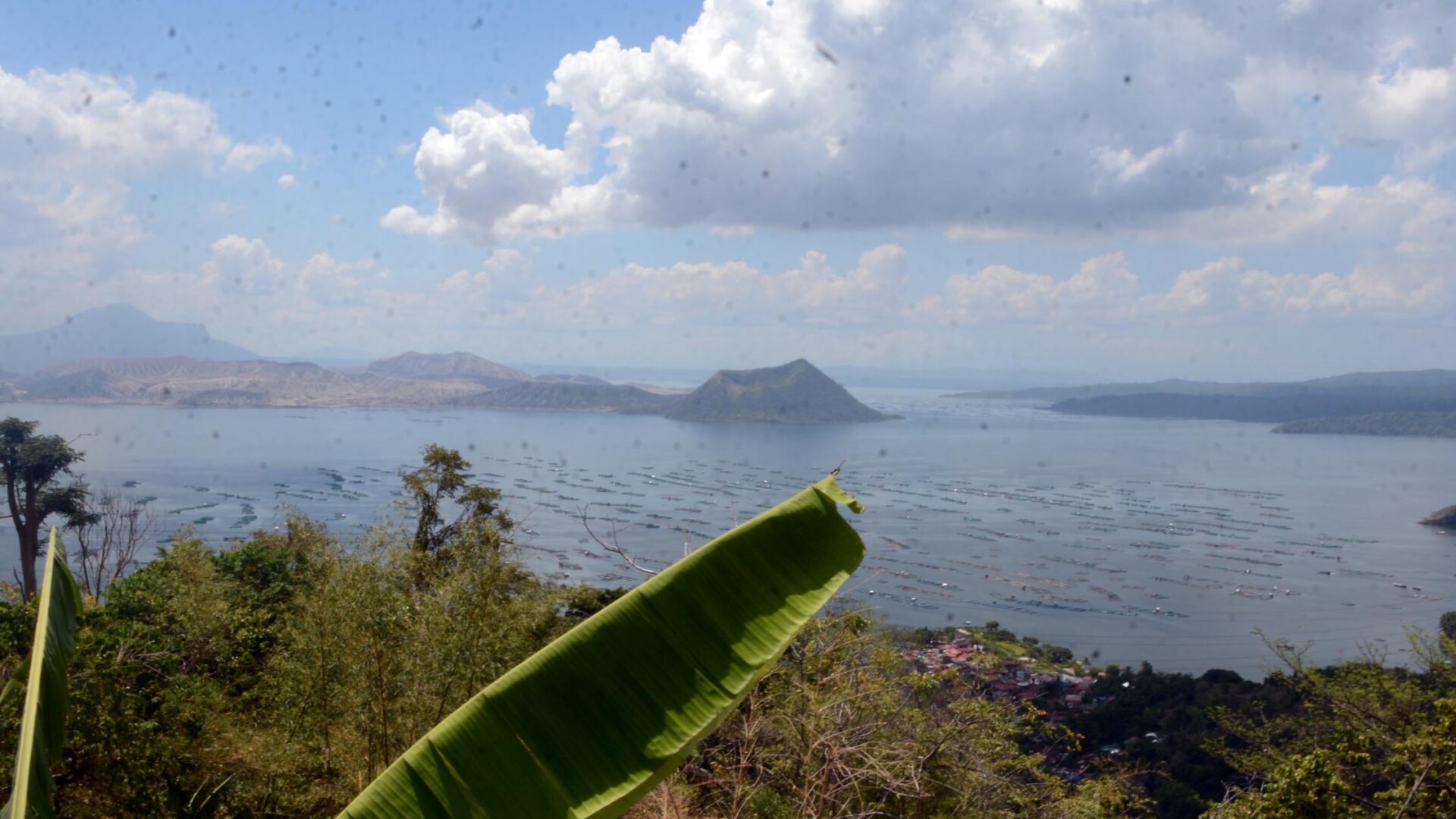The Philippine Institute of Volcanology and Seismology (Phivolcs) reported Friday that there is an increase in volcanic sulfur dioxide (SO2) gas emission, reaching 13,572 tons daily from the Taal volcano’s main crater.
Phivolcs said that the event has produced “significant volcanic smog” or vog over the Taal Caldera and it is expected to drift east to the north-northeast of the Taal Volcano Island.
SO2 flux has been increasing from an average of 7,818 tons per day since 15 July, significantly higher than the recorded average of 1,289 tons daily between May and mid-July 2022.
The seismology bureau also disclosed an increase in degassing activity, in the form of visible upwelling of volcanic fluids, in the Main Crater Lake since the early weeks of August.
Vog over the Taal Caldera was observed to thicken between 9 a.m. to 2 p.m. Thursday, with the emission of voluminous steam-rich plumes last night rose 2,800 meters above the volcano.
The sulfurous stench was reported by residents of Banyaga, Agoncillo; Poblacion 5, Buso-buso, and Gulod in Laurel; and Poblacion 1 in Talisay, Batangas.
“Crop damage that likely resulted from acid rain was reported in Cabuyao, Laguna last 8 August 2022,” the advisory read.
Phivolcs also reported a total of five shallow volcanic tremors, three to eight minutes in duration, were recorded in the past observation period.
It also warned the public that vog consisting of fine droplets and containing volcanic gas such as SO2 must be acidic and can cause irritation of the eyes, throat, and respiratory tract. Its severities will depend on the gas concentrations and durations of exposure.
Phivolcs advised communities that may be affected by vog to limit their exposure by preventing outdoor activities as well as keeping their doors and windows closed.
